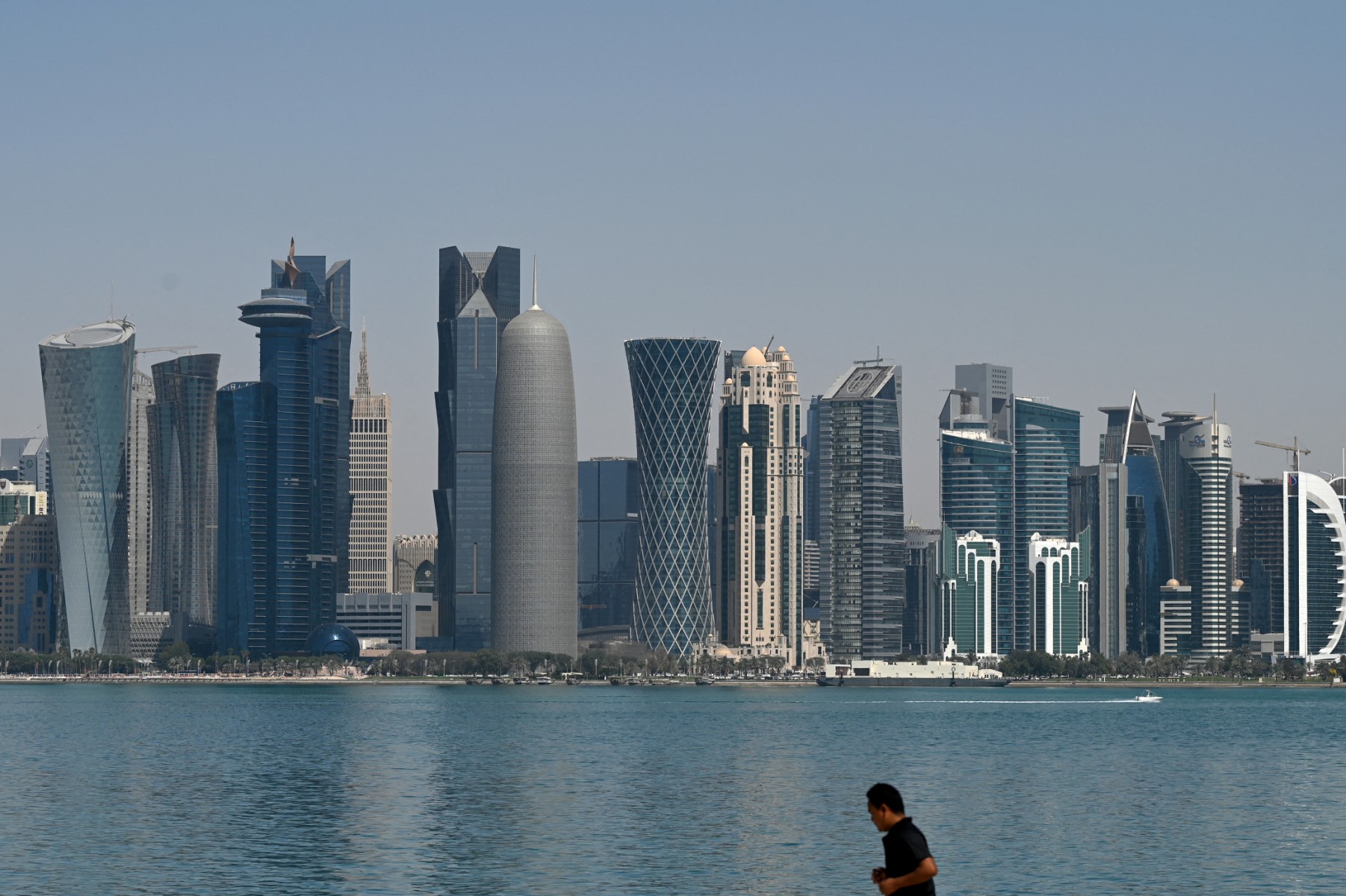Doha, Qatar – Residential demand continued to buoy the country’s property sector in Q4 2023, hapondo, a homegrown property portal, revealed in its Qatar’s Property Report.
The report pointed out that despite a decrease in real estate transaction volume to QAR 16.7 billion ($4.6 billion) from QAR 21.2 billion ($5.82 billion), apartments remained popular for investment, with the Ministry of Justice reporting QAR 2.75 billion ($753.4 million) in residential unit sales.
The average deal size for residential units increased by 26% to QAR 2.64 million ($727,000) in 2023. Approximately 56% of trading volume was for villas and houses, indicating a strong preference for spacious living. The gross rental yield across prime apartment markets in Doha, including West Bay, Lusail, and The Pearl, stood at a healthy 6.6% in Q4.
Key residential highlights included the Marina District in Lusail recording impressive yields, while The Pearl remained the most sought-after location for apartment seekers. In terms of villa rentals, Al Waab, Al Gharrafa, and Al Markhiya were popular locations, while some areas experienced downward pressure on rents.
The report also highlighted the competitive landscape between hotels and apartments, noting a narrow difference in median rents for 1BR categories in areas like Al Sadd and Al Mansoura. Commercial real estate trends indicated a wide range of options for office spaces, with fully fitted offices commanding a premium in West Bay.
Looking ahead, hapondo predicted that Qatar’s real estate future would be shaped by local policies and regional dynamics, urging investors to consider sectors aligned with the National Development Strategy 3 (NDS3). The report also emphasized the impact of regional trends, such as transportation, infrastructure, and tourism, with increased competition in the Gulf region due to Saudi Arabia and the UAE’s efforts to attract talent and investments.

